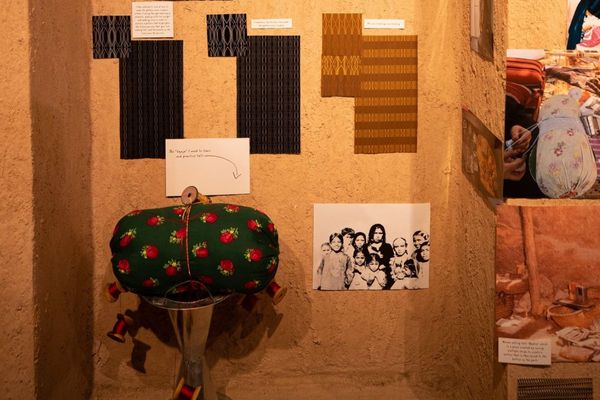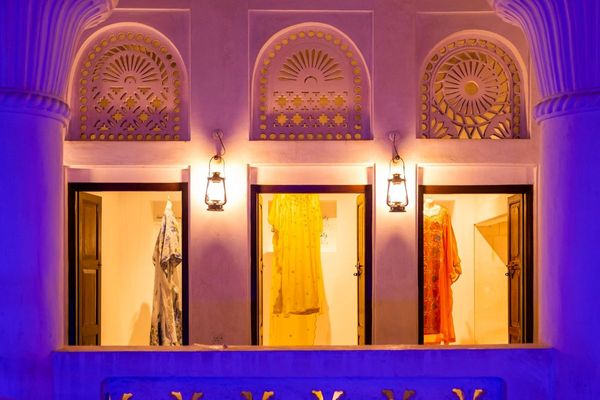Dubai’s Roads and Transport Authority (RTA) announced that the ridership of public transport means comprising the Dubai Metro, Dubai Tram, public buses, marine transport (abra, ferry, water taxi, water bus), shared mobility (e-hail, smart car rentals, bus-on-demand), and taxis (Dubai Taxi and franchise companies’ taxis) amounted to 621.4 million riders in 2022.
The figure reflects an increase of 35% when compared to the ridership numbers in 2021, which was 461 million riders. Equally, the average daily ridership of public transport, shared mobility and taxis clocked 1.7 million riders in 2022 compared to 1.3 million riders in 2021.
His Excellency Mattar Al Tayer, Director-General, Chairman of the Board of Executive Directors of RTA, expressed his delight in the steady growth in the number of public transport riders in 2022. He was also pleased to note that the share of the Metro in Dubai’s public transport ridership had increased by 3%, while marine transport riders showed a 1% rise when compared to 2021 levels.
“Dubai Metro acquired the largest percentage of the public transport, shared transport and taxis ridership in 2022, amounting to 36% up by 3% from the 2021 level of 33%. It is a good indicator of people shifting to public transport modes s that serve a growing number of riders. The share of public buses reached 25%, and marine transport riders grew from 2% in 2021 to 3% in 2023. Meanwhile, shared mobility modes and Dubai Tram maintained their ridership levels, which amounted to 5% for shared transport, and 1% for Dubai Tram. March 2022 recorded an all-time high monthly ridership touching 62 million coinciding with the end of Expo 2020, followed by December which saw 57 million riders. Ridership rates in other months ranged from 46 to 56 million.
“Public transport and shared mobility means as well as taxis made 129 million trips (105 million for taxis, 18.5 million for shared mobility, 4 million for buses, 936 thousand for marine transport, 450 thousand for Dubai Metro, and 99 thousand trips for Dubai Tram). October was the busiest month in terms of the number of trips recording 11.9 million trips, followed by March with 11.8 million trips. The numbers of trips in other months varied from 9.7 million to 11.6 million trips.”
Dubai Metro Riders
Figures released by RTA’s Data Statistics and Analysis Section at the Enterprise Command and Control Centre indicated that the number of riders using Dubai Metro’s Red and Green Lines amounted to 225.1 million riders in 2022.
Burjuman and Union Stations, which are interchange stations on the Red and Green Lines, accounted for the largest share of public transport riders of Dubai Metro in 2022.
Burjuman Station served 13 million riders on both the Red and Green Lines, whereas the Union Station was used by 10.8 million riders.
On the Red Line, Al Rigga Station attracted the highest number of riders reaching 9.9 million, followed by Mall of the Emirates Station (9.6 million), Burj Khalifa/Dubai Mall Station (8.8 million) and the Business Bay Station (8.5 million).
On the Green Line, Sharaf DG ranked first in terms of riders recording 7.7 million ahead of Baniyas Station (7.3 million) followed by the Stadium Station (5.6 million), Salah Al Din Station (5.3 million), and Al Ghubaiba Station (4.9 million).
Other Transport Riders
The breakdown of other means of public transport commuters in Dubai last year was as follows: Dubai Tram (7.5 million), public buses (157.3 million), marine transport encompassing abras, water bus, water taxi, and Dubai Ferry (16 million), shared mobility comprising e-hail, smart car rental, and Bus-On-Demand (32.5 million), and taxis including Dubai Taxi and Franchise companies served a staggering 183 million passengers.
*******
Integrated Network
The annual ridership figures of public and shared mobility means as well as taxis are a manifestation of the efficient plans and programmes undertaken by RTA to provide diverse mobility options that cater to the needs of Dubai’s residents and visitors. The numbers also demonstrate the integrated public transport network, which has become the backbone of residents and visitors’ movement around Dubai.
It reflects change and evolution in the culture and behaviour of the community toward using public transport. RTA’s strategic and executive road and transport plans are built on the principle of integration to ensure smooth mobility across the Emirate.
News Source: Dubai Media Office









